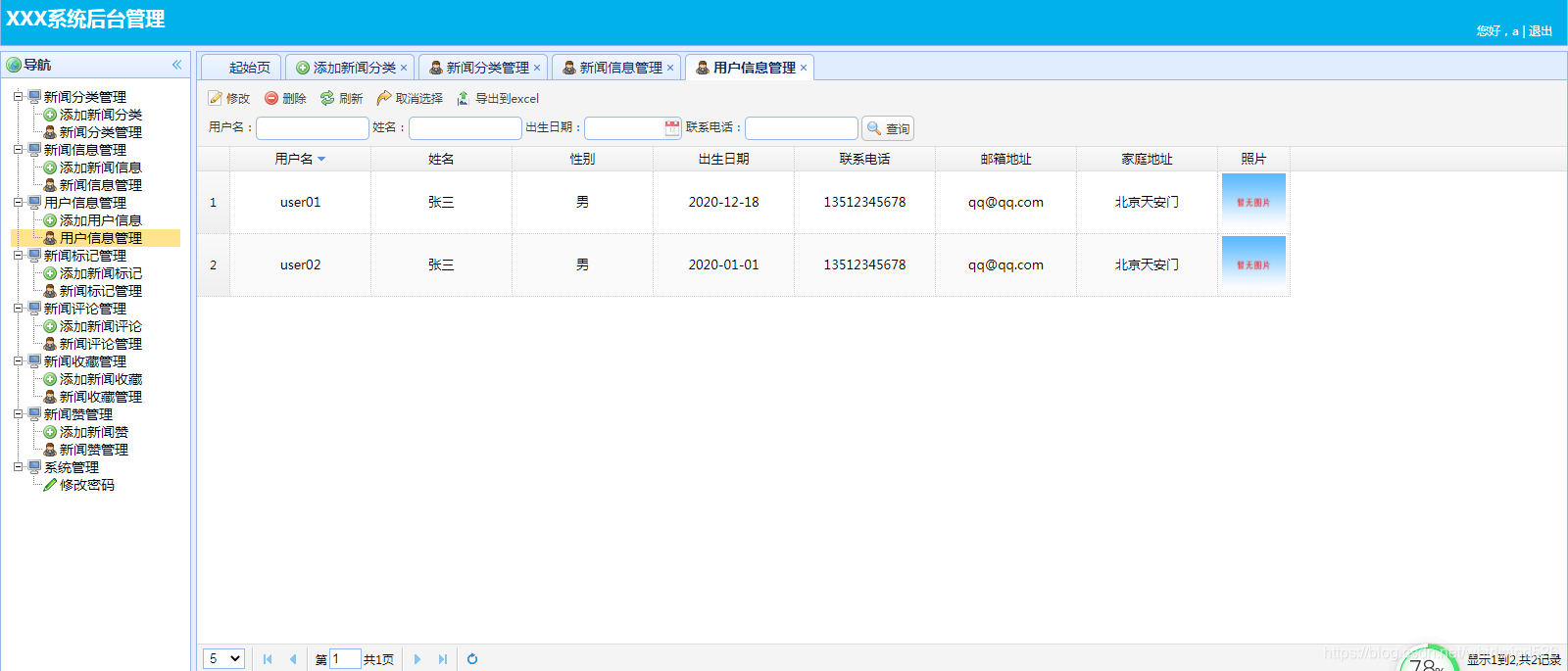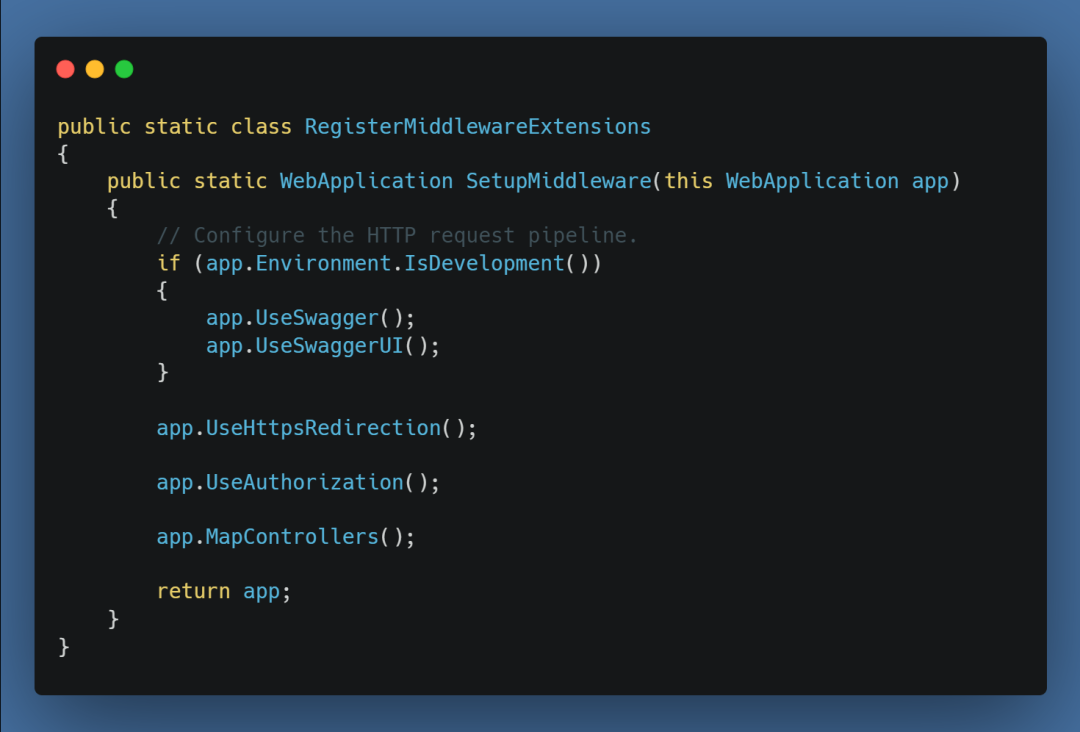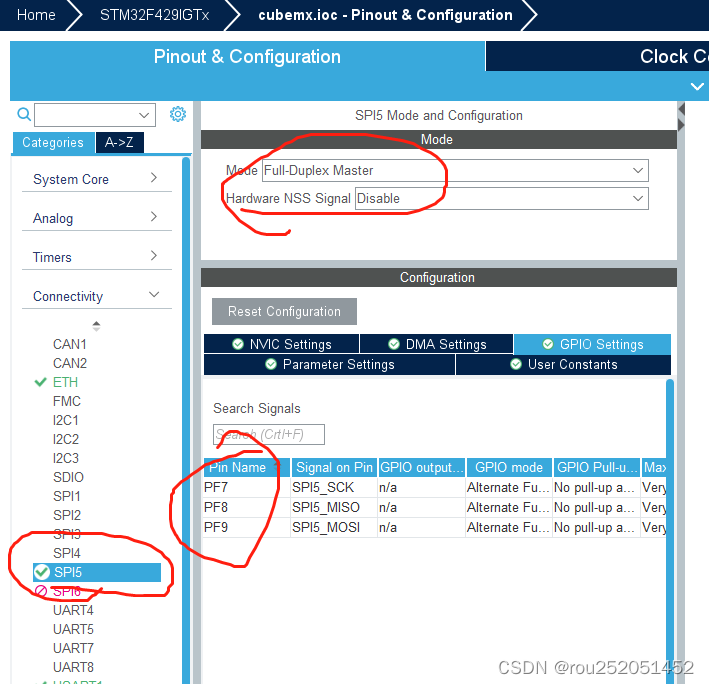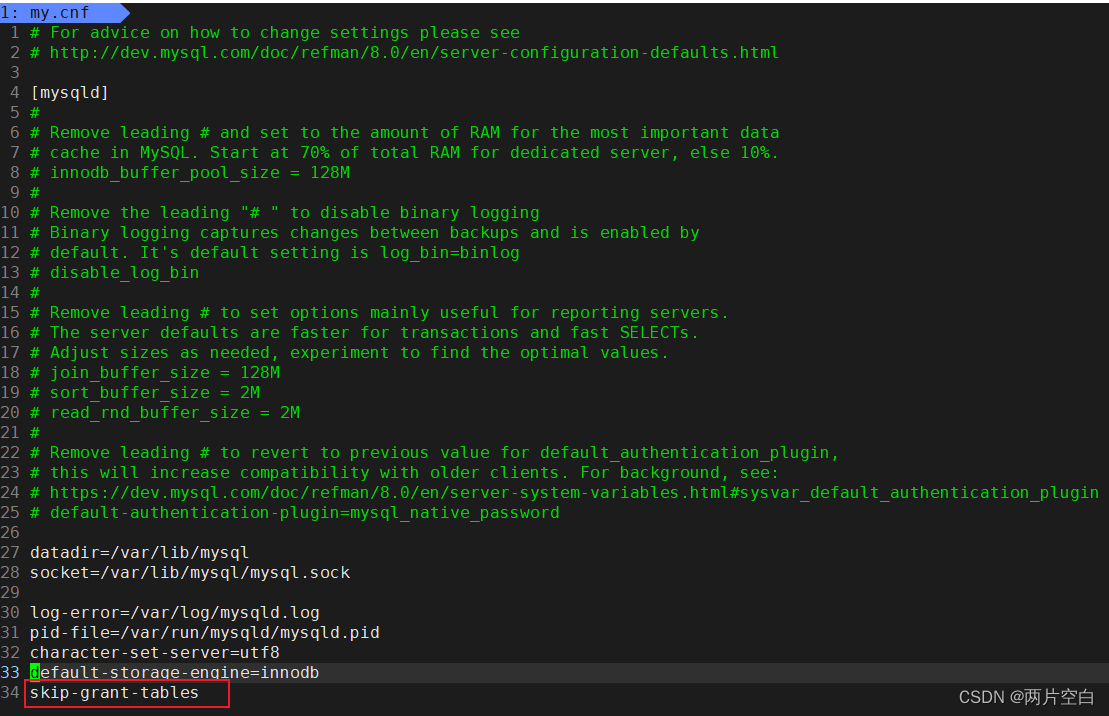In practical use , May come across ,aspi Interface verification and view Login verification of the page .asp.core It also supports two compatible .
First, in the startup.cs Enable Authentication .
var secrityKey = new SymmetricSecurityKey(Encoding.UTF8.GetBytes(Configuration["SecurityKey"]));
services.AddSingleton(secrityKey);
services.AddAuthentication(CookieAuthenticationDefaults.AuthenticationScheme)
.AddCookie(option => //cookies The way { option.LoginPath = "/Login"; }) .AddJwtBearer(JwtBearerDefaults.AuthenticationScheme, options => //jwt The way { options.TokenValidationParameters = new TokenValidationParameters { ValidateIssuer = true,// Whether the validation Issuer ValidateAudience = true,// Whether the validation Audience ValidateLifetime = true,// Is the failure time verified ClockSkew = TimeSpan.FromSeconds(30), ValidateIssuerSigningKey = true,// Whether the validation SecurityKey ValidAudience = Configuration["JWTDomain"],//Audience ValidIssuer = Configuration["JWTDomain"],//Issuer IssuerSigningKey = secrityKey// Get SecurityKey }; });Configure Method must be added
app.UseAuthentication(); // to grant authorization
app.UseAuthorization(); // authentication Authentication methods include user name and password authentication
app.MapWhen(context => { var excludeUrl = new string[] { "/api/login/getinfo", "/api/login/login", "/api/login/modifypwd" }; // Pay attention to lowercase return context.Request.Path.HasValue && context.Request.Path.Value.Contains("Login") && context.Request.Headers.ContainsKey("Authorization") && !(excludeUrl.Contains(context.Request.Path.Value.ToLower())); }, _app => { _app.Use(async (context, next) => { context.Response.StatusCode = 401; }); });
stay login page , Background code
var uid = Request.Form["code"] + "";
var pwd = Request.Form["pwd"] + "";
var info = _mysql.users.Where(m => m.user_code == uid&&m.delflag==0).FirstOrDefault();
if (info == null)
{
return new JsonResult(new
{
success = false,
msg = " The user doesn't exist "
});
}
if (info.pwd != pwd)
{
return new JsonResult(new
{
success = false,
msg = " Incorrect user password "
});
}
// Create an authentication
var claims = new List<Claim>() {
new Claim(ClaimTypes.Sid,info.id), // user ID
new Claim(ClaimTypes.Name,info.user_code) // User name
};
var claimsIdentity = new ClaimsIdentity(
claims, CookieAuthenticationDefaults.AuthenticationScheme);
//var identity = new ClaimsIdentity(claims, "Login");
//var userPrincipal = new ClaimsPrincipal(identity);
//HttpContext.SignInAsync("MyCookieAuthenticationScheme", userPrincipal, new AuthenticationProperties
//{
// ExpiresUtc = DateTime.UtcNow.AddMinutes(30),
// IsPersistent = true
//}).Wait();
var authProperties = new AuthenticationProperties
{
//AllowRefresh = <bool>,
// Refreshing the authentication session should be allowed.
ExpiresUtc = DateTimeOffset.UtcNow.AddMinutes(60),
// The time at which the authentication ticket expires. A
// value set here overrides the ExpireTimeSpan option of
// CookieAuthenticationOptions set with AddCookie.
IsPersistent = true,
// Whether the authentication session is persisted across
// multiple requests. When used with cookies, controls
// whether the cookie's lifetime is absolute (matching the
// lifetime of the authentication ticket) or session-based.
//IssuedUtc = <DateTimeOffset>,
// The time at which the authentication ticket was issued.
//RedirectUri = <string>
// The full path or absolute URI to be used as an http
// redirect response value.
};
await HttpContext.SignInAsync(
CookieAuthenticationDefaults.AuthenticationScheme,
new ClaimsPrincipal(claimsIdentity),
authProperties);
Controler Controller part , Login code :
[HttpPost("Login")]
public async Task<JsonResult> Login(getdata _getdata)
{
var userName = _getdata.username;
var passWord = _getdata.password;
var info = _mysql.users.Where(m => m.user_code == userName && m.delflag == 0).FirstOrDefault();
if (info == null)
{
return new JsonResult(new
{
state = false,
code = -1,
data = "",
msg = " The username does not exist !"
});
}
if (CommonOp.MD5Hash(info.pwd).ToLower() != passWord)
{
return new JsonResult(new
{
state = false,
code = -2,
data = "",
msg = " Incorrect user password !"
});
}
#region Identity authentication processing
var secrityKey = new SymmetricSecurityKey(Encoding.UTF8.GetBytes(_config["SecurityKey"]));
List<Claim> claims = new List<Claim>();
claims.Add(new Claim("user_code", info.user_code));
claims.Add(new Claim("id", info.id));
var creds = new SigningCredentials(secrityKey, SecurityAlgorithms.HmacSha256);
var token = new JwtSecurityToken(
issuer: _config["JWTDomain"],
audience: _config["JWTDomain"],
claims: claims,
expires: DateTime.Now.AddMinutes(120),
signingCredentials: creds);
return new JsonResult(new
{
state = true,
code = 0,
data = new JwtSecurityTokenHandler().WriteToken(token),
msg = " obtain token success "
});
#endregion
}Be careful , Authenticated controller part , Add the following attribute header , It will take effect .
[Authorize(AuthenticationSchemes = "Bearer,Cookies")]
public class ControllerCommonBase : ControllerBase
{
}
Such a Controler controller , It can be compatible with two modes .


![[001] [stm32] how to download STM32 original factory data](/img/5a/02d87fe1409a9427180ecefb8326c6.jpg)



![[adjustable delay network] development of FPGA based adjustable delay network system Verilog](/img/82/7ff7f99f5164f91fab7713978cf720.png)


![[optimization model] Monte Carlo method of optimization calculation](/img/e6/2865806ffbbfaa8cc07ebf625fcde6.jpg)